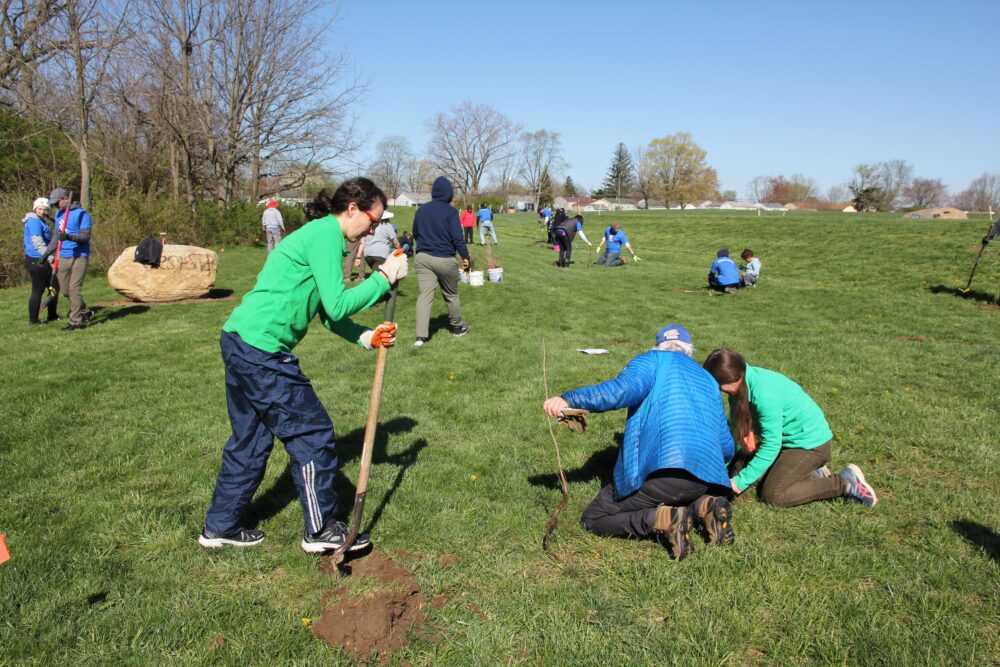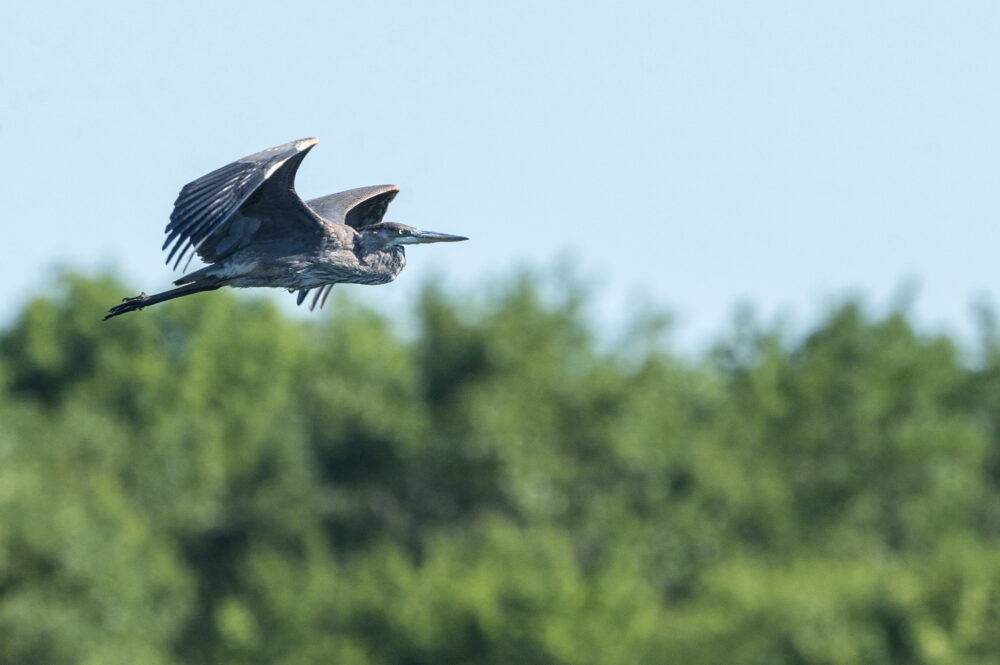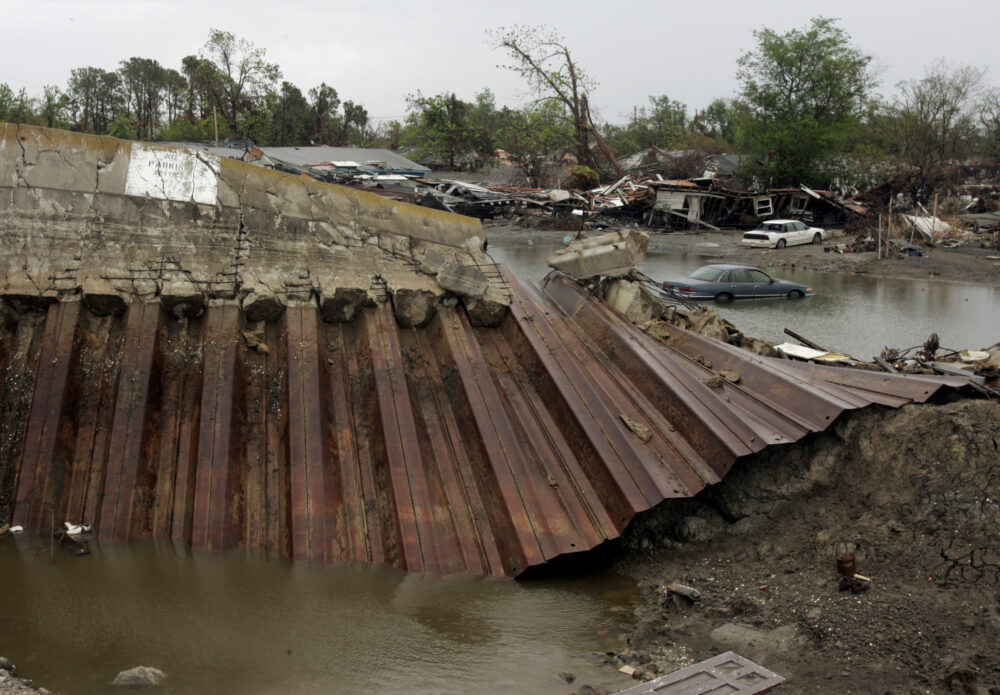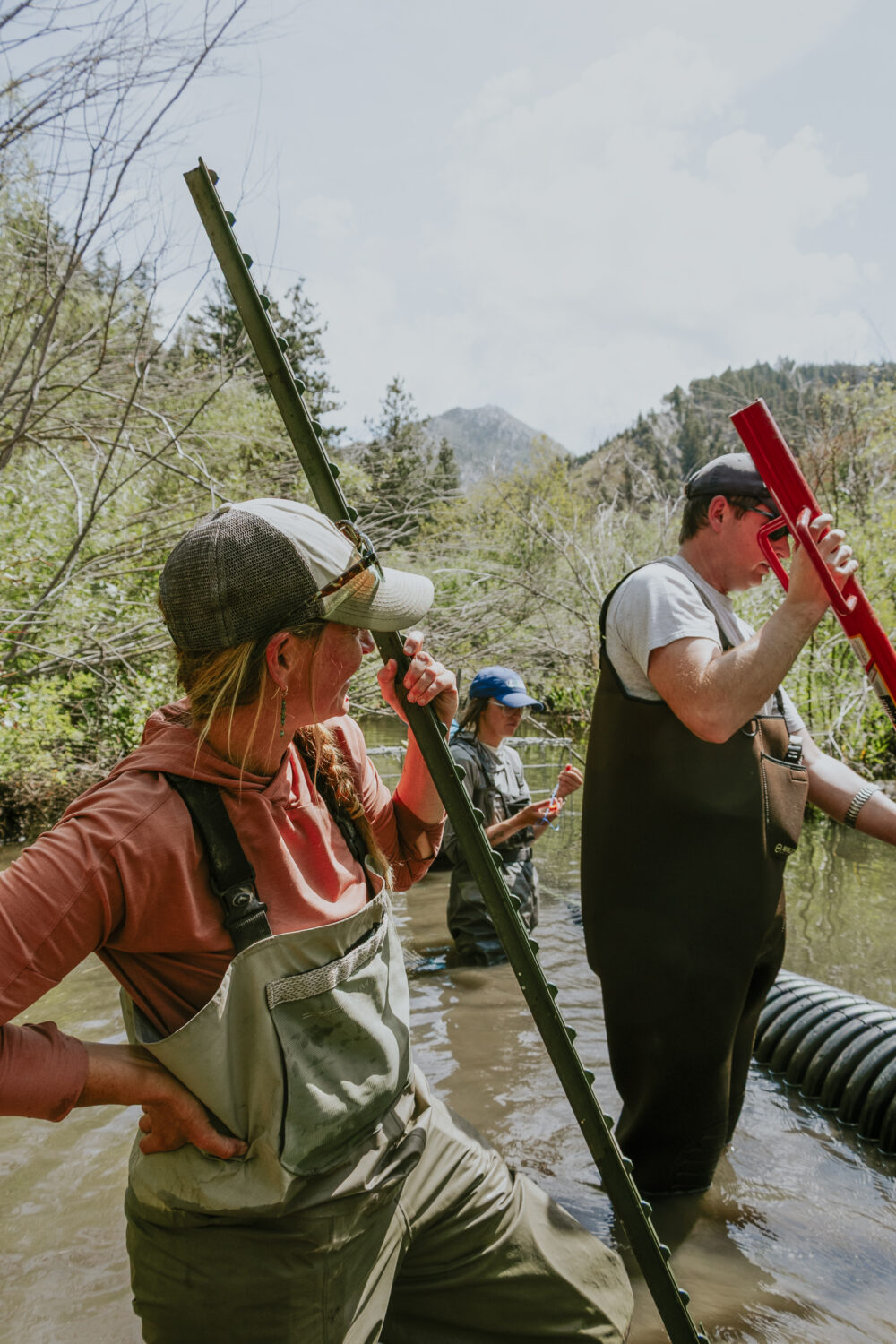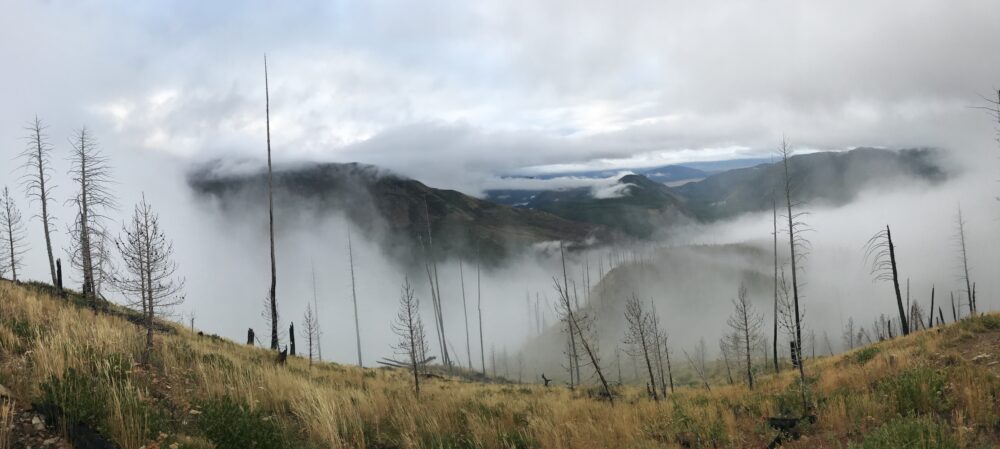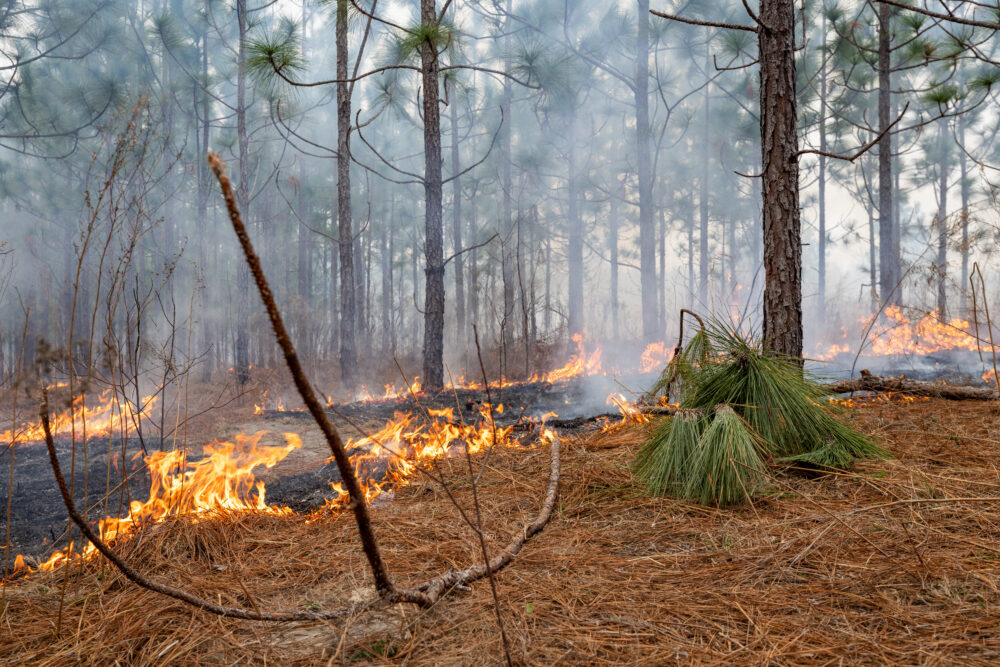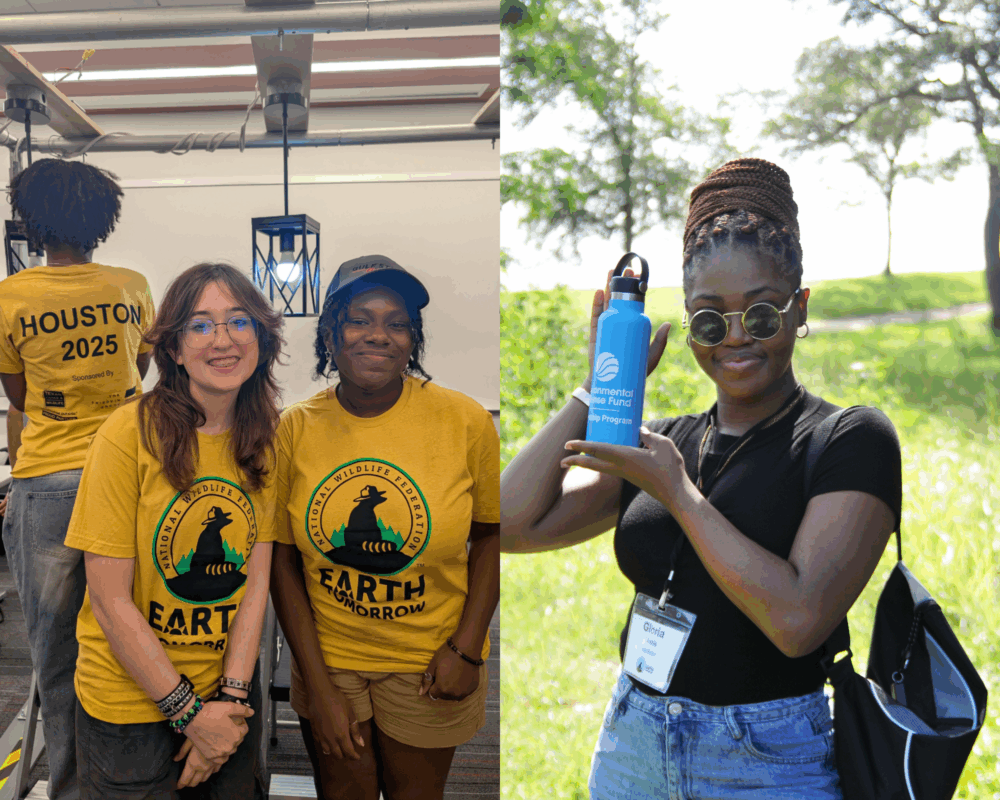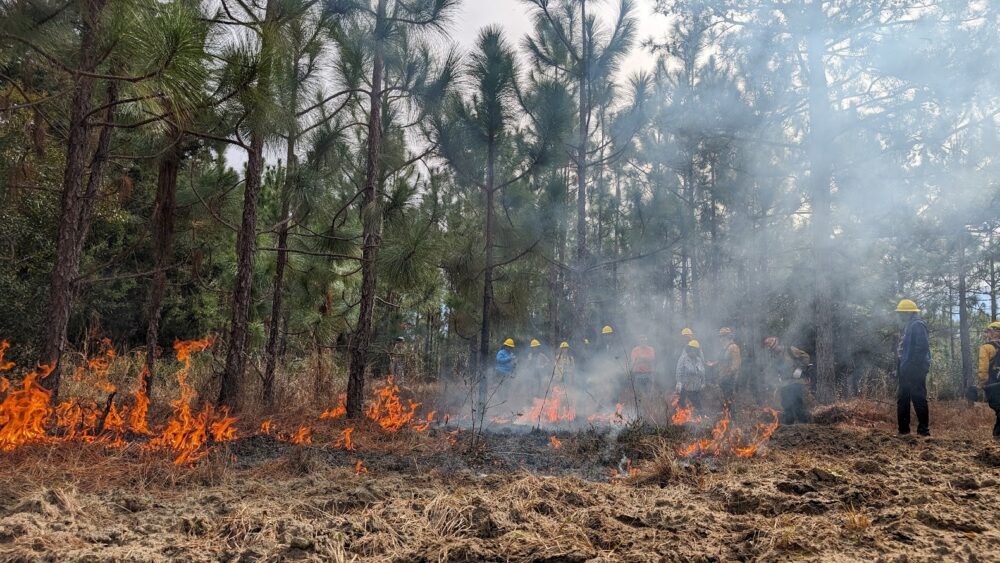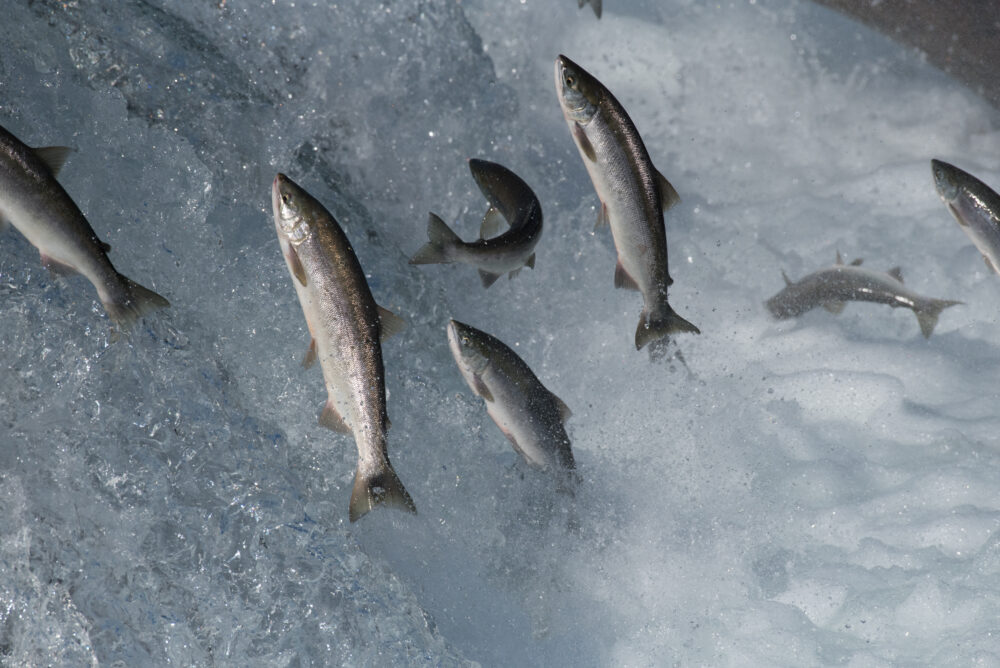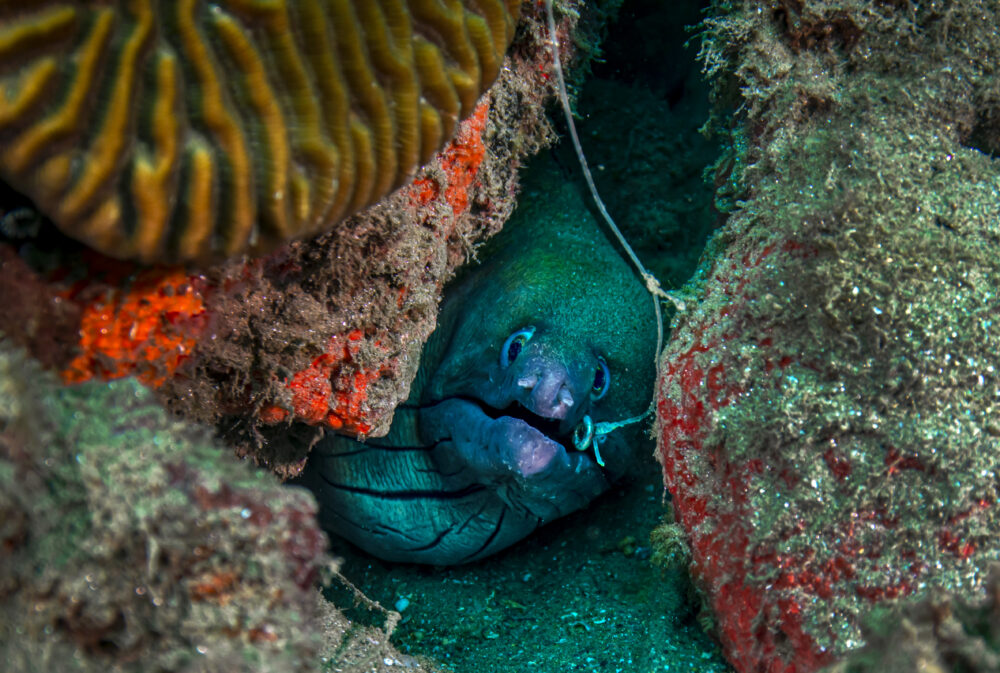We have much more to do and your continued support is needed now more than ever.
From Forests to Grasslands: A Picture of the Future in the Southwest
As a native New Mexican, I’m deeply invested in and moved by the natural beauty of the American Southwest. While I’m at home among the saguaros outside of Tucson or in the eerie calm of White Sands near Alamogordo, it’s the high-mountain forests that truly inspire me. This is likely a result of my upbringing: my parents took me camping in the Gila National Forest before my first birthday, and I spent my teenage years hiking, biking and fishing among those same pine and juniper trees.
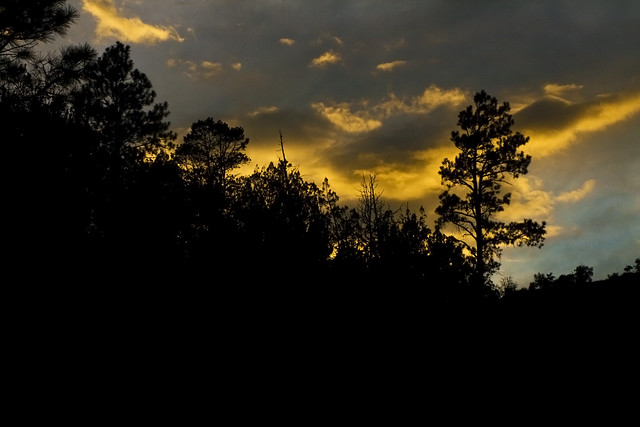
So when my friend Garret in New Mexico shared this article in Scientific American, I was disheartened. It describes an experiment being conducted in Bandolier National Monument, wherein juniper and piñon pine trees are subjected to higher temperatures and lower water levels:
Inside the chambers, temperatures climb 9 degrees Fahrenheit above the desert’s already blistering averages. Meanwhile, precipitation, never abundant in this corner of the country, is cut by half.
Those are the kinds of conditions we can expect this century if greenhouse gas emissions continues unabated, and the results of the experiment aren’t promising for forests in the Southwest. According to researcher Nathan McDowell, junipers and piñons won’t fare well if temperatures rise:
However, in the face of the kind of sustained “superdrought” some climatologists predict will occur toward the end of this century, both species would be heavily affected, he said. “If we had a significant, prolonged drought in the future, we might actually lose both of them,” he said. “We could see a lot of the areas that are forests today become grasslands.”
The deadliest impact on the trees won’t likely come from the extreme heat and drought directly. Rather, the plants will become more susceptible to insect infestation and diseases. As documented in our recent report Ruined Summer, heat waves; warming rivers, lakes, and streams; floods; drought; wildfires; and insect and pest infestations driven by climate change are wreaking havoc on our wildlife and wild places.
Multiple Threats are Compounded by Climate Change
As we noted earlier this year, forests that are stressed by climate change are especially susceptible to pine bark beetles. Normally, beetles play a role in maintaining healthy forests. However, when trees are threatened by excessive heat and drought pine bark beetles can decimate forests. In addition, they become a true epidemic for forests after warm winters, when fewer beetles perish from cold. These beetles thrive in warmer temperatures, and drought-weakened trees have little defense against the invaders. Beetles have already killed untold millions of trees across North America.
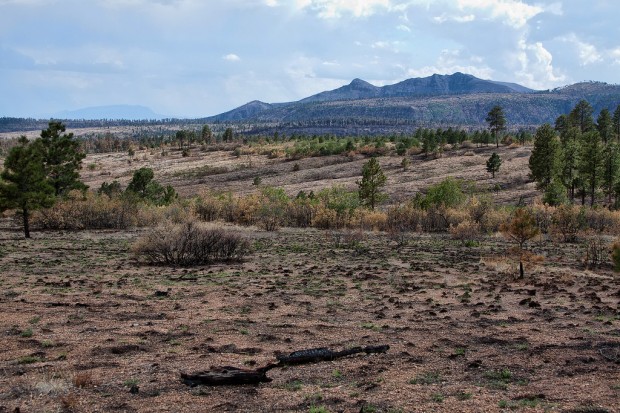
The loss of forests in the Southwest would have an incredible impact on wildlife. Forests in New Mexico and Arizona are home to myriad species of wildlife—in the Gila National Forest alone you can find black bears, mountain lions, elk, deer, antelope, bighorn sheep, bald eagles, peregrine falcons, and red-tailed hawks. A number of endangered species also call the Gila home, including the “Gila trout, Mexican Gray Wolf, Mexican Spotted Owl, Southwestern Willow Flycatcher, Chiricahua leopard frog, spikedace and loach minnow.”
It’s time we stood up for wildlife and and push for greater action to combat climate change. You can do your part now by pledging to Vote Wildlife Friendly during this year’s election.


